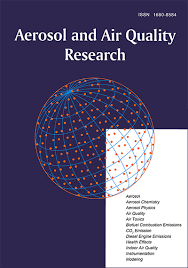Considering the need to identify the sources of air pollution in smart city Bhubaneswar, a non-attainment city in India, a high-resolution comprehensive gridded emission inventory (EI) of eight primary air pollutants has been developed for the base year 2018. The inventory involves detailed activity data with ~0.4 km × ~0.4 km resolution covering the city using a Geographical Information System (GIS) based statistical approach. In total, ~17 major and minor sectors are responsible for the city’s air pollution crisis. Windblown road dust, transport sector, and residential cooking activities emerged as the dominating sources. Emissions of CO, NOx, SO2, VOC, PM2.5, PM10, BC, and OC are estimated to be 112 Gg yr–1, 44 Gg yr–1, 11 Gg yr–1, 73 Gg yr–1, 9 Gg yr–1, 17 Gg yr–1, 5 Gg yr–1 and 0.8 Gg yr–1 respectively. Nearly 14% and 12% area of the entire study domain are found to be responsible for almost half of PM10 and NOx emissions respectively. The central region of the city with the presence of national highways, major roads, and nearby industrial belts, experiences maximum emission of pollutants. The present gridded surface emission dataset is an essential requirement in framing new mitigation strategies to combat ongoing and future air pollution crises and achieve better air quality.

